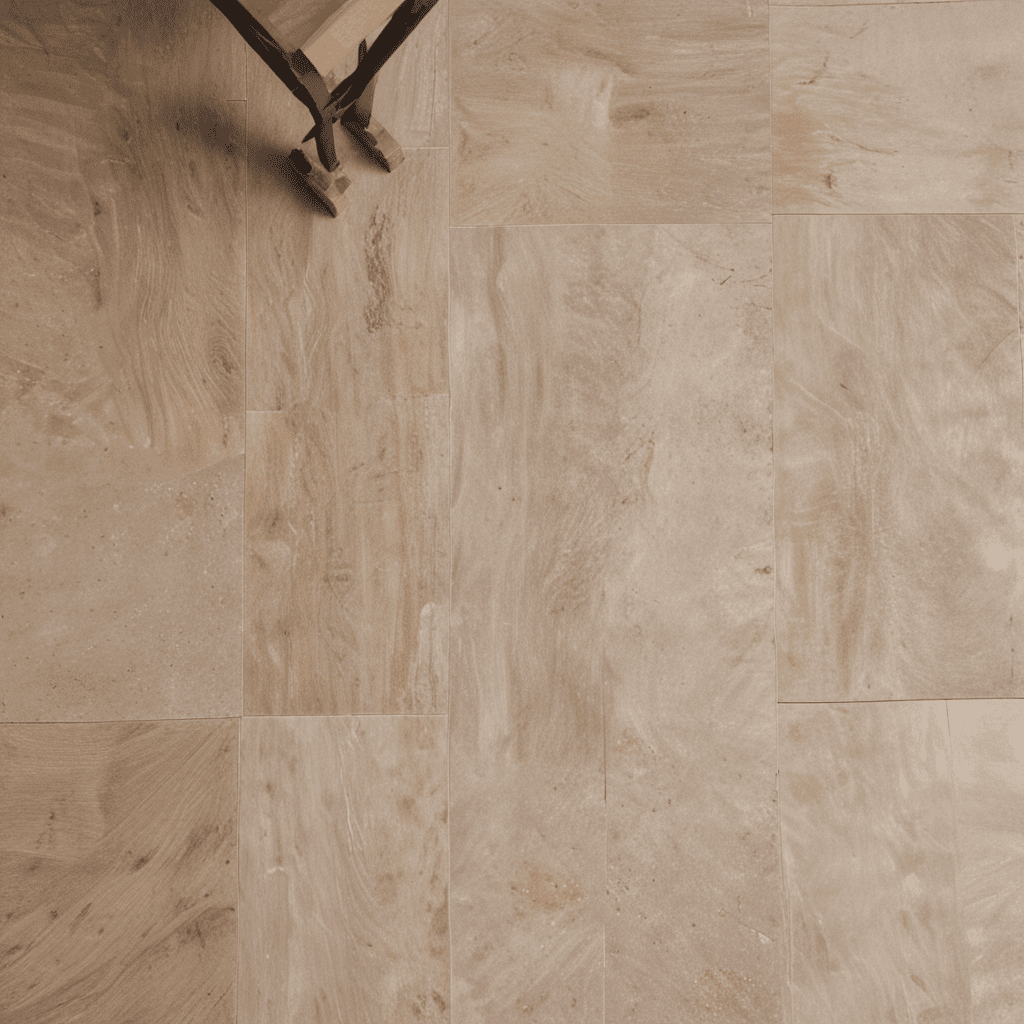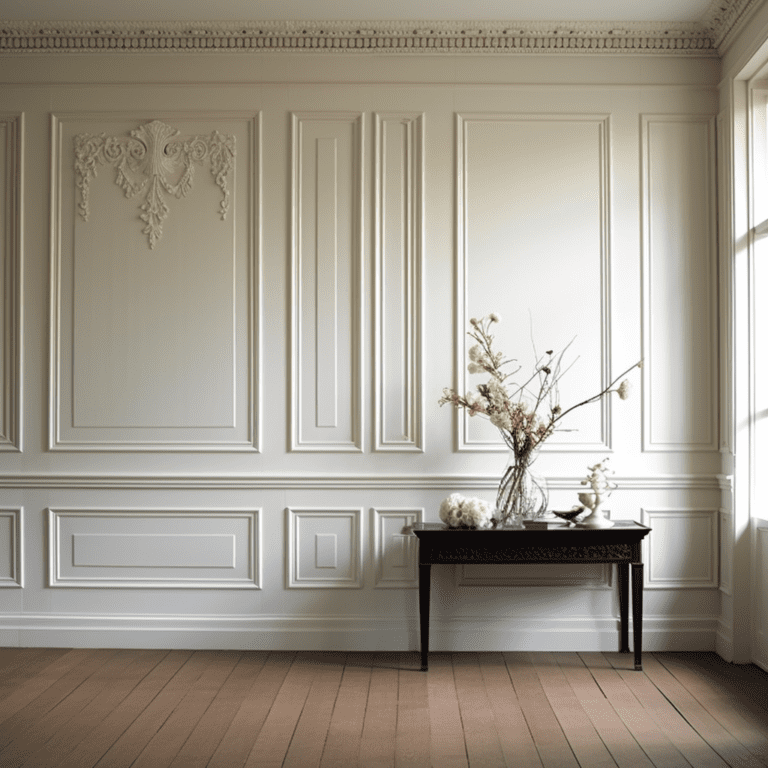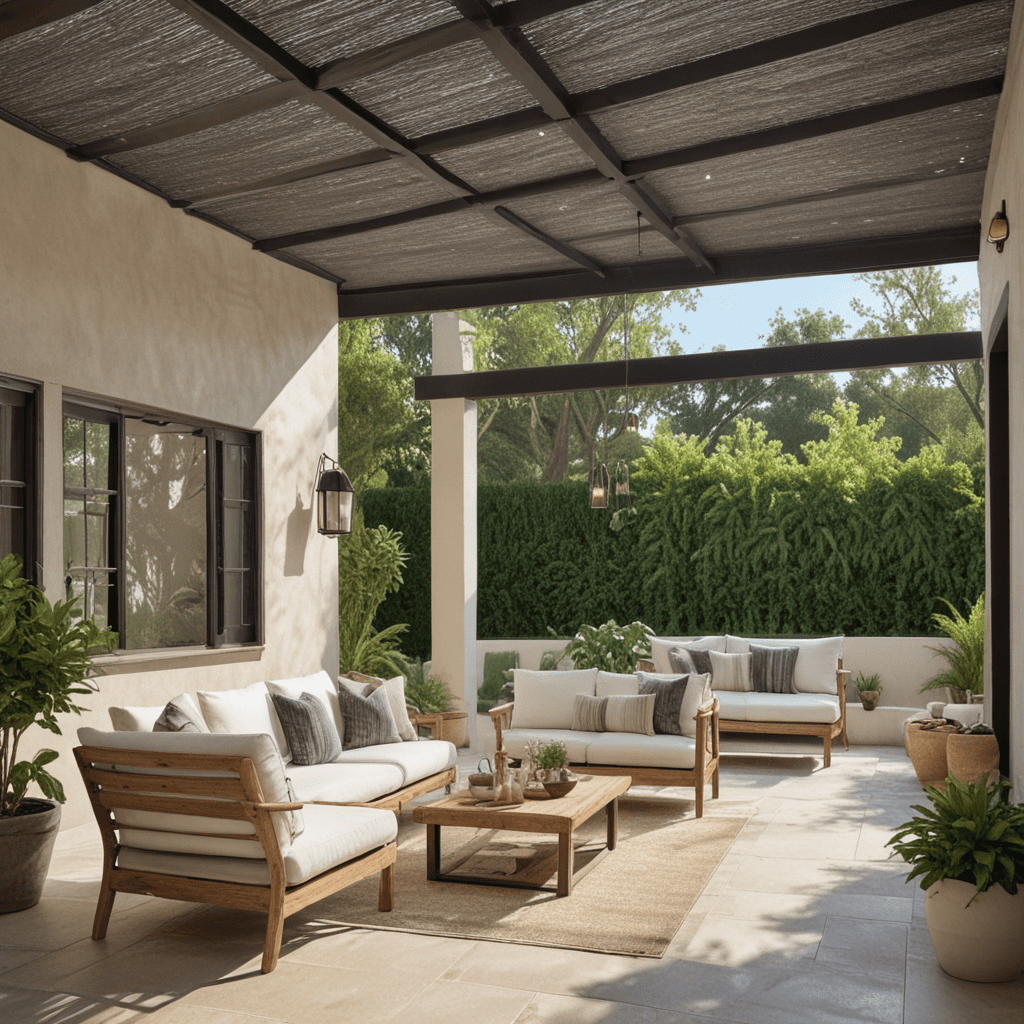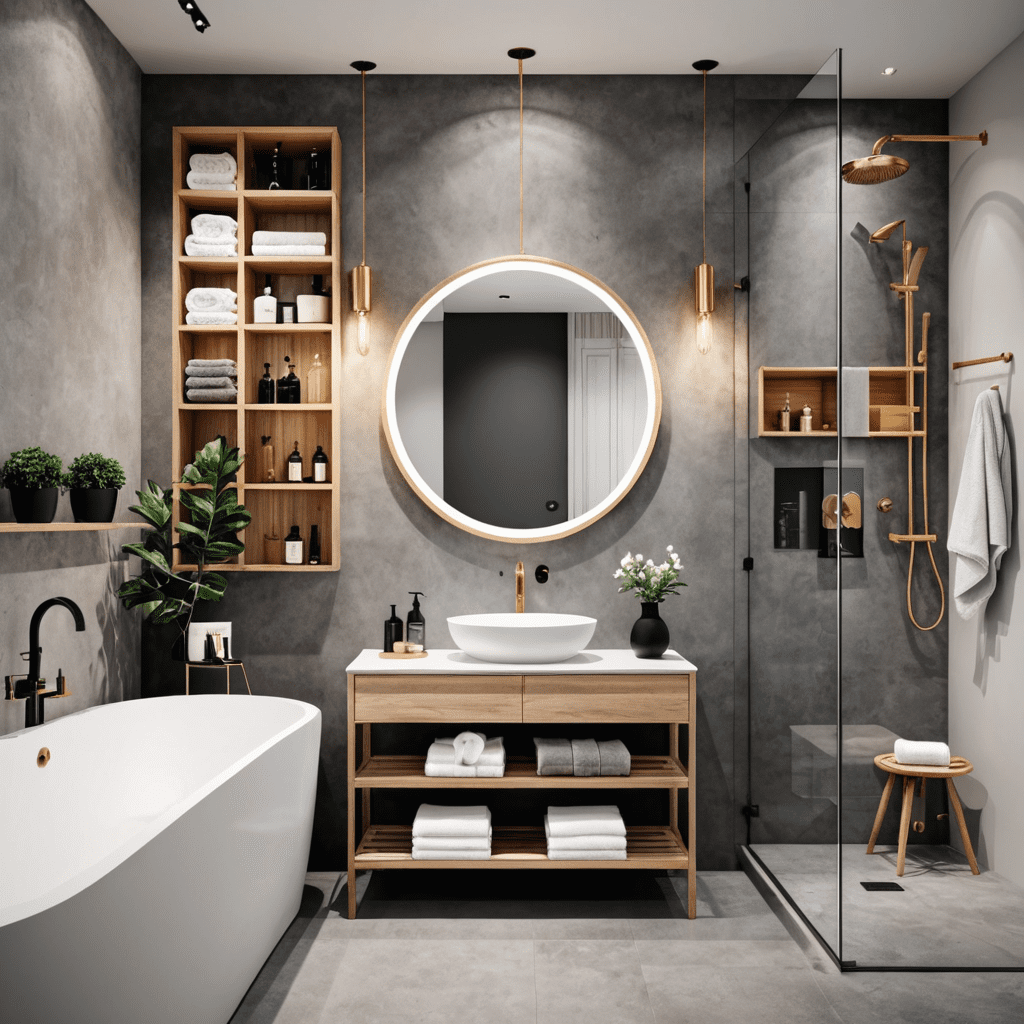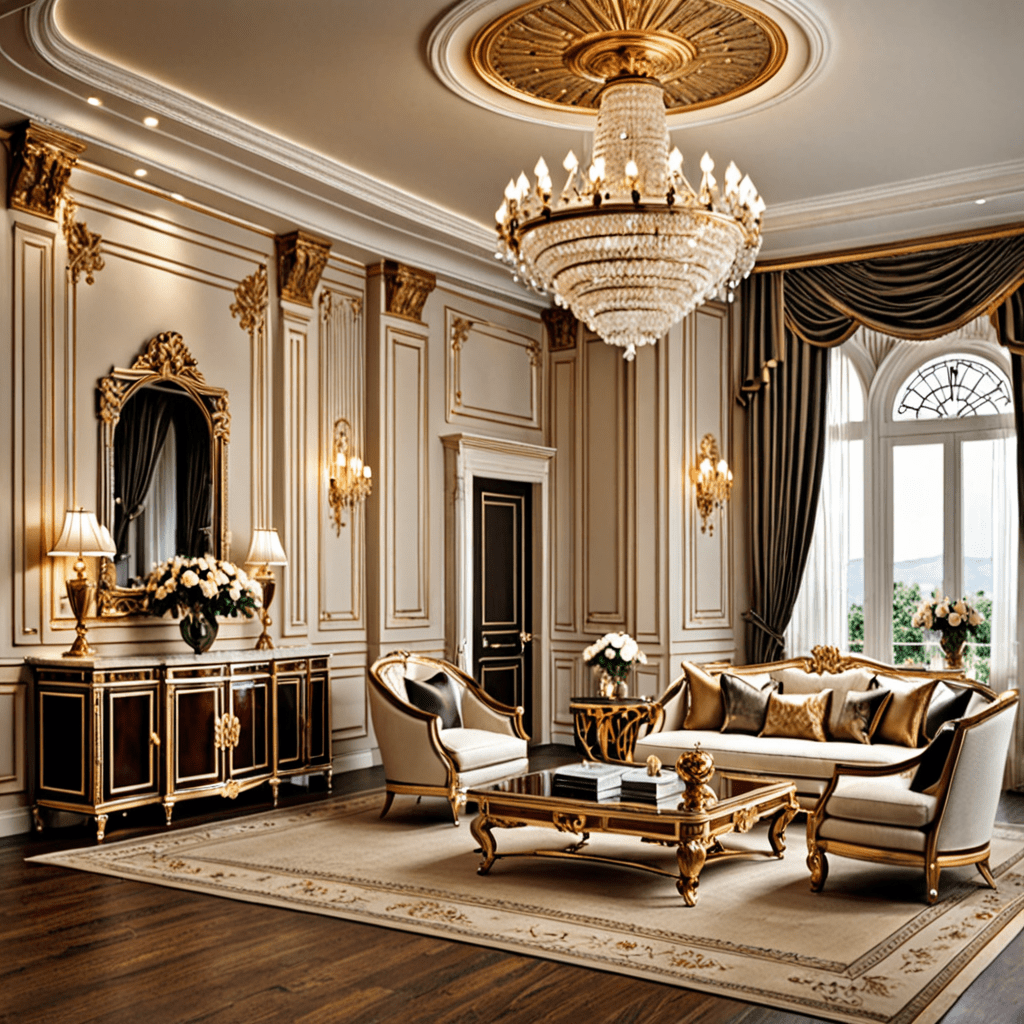Classical Architecture: Elements of Style
Introduction to Classical Architecture Elements
Classical architecture has remained a revered and timeless style throughout history, influencing the design of buildings and interiors to this day. By incorporating key elements of classical architecture, homeowners can create a space that exudes elegance, sophistication, and comfort. In this article, we will explore the essential elements of classical architecture and offer tips on how to incorporate them into your own interior design. Whether you’re a fan of the grandeur of Greek temples or the refined beauty of Roman villas, understanding classical architecture elements will help you create a living space that stands the test of time.
Key Elements of Classical Architecture Elements
Element 1: Columns
One of the most iconic elements of classical architecture is the use of columns. Columns serve both structural and decorative purposes, adding a sense of grandeur and stability to a space. There are three main types of classical columns: Doric, Ionic, and Corinthian. The Doric column is the simplest, with a plain, sturdy design. The Ionic column features scrolls at the top, called volutes, adding a sense of elegance. The Corinthian column is the most ornate, with intricate leaf-like decorations at the top. When incorporating columns into your interior design, consider their scale, proportion, and placement to create a harmonious and balanced space.
Element 2: Symmetry and Proportion
Classical architecture emphasizes symmetry and proportion, creating a sense of balance and harmony. The facade of classical buildings often features a central focal point, with symmetrical elements on either side. To incorporate this element into your interior design, consider arranging furniture or decor in a balanced manner. Use pairs of items, such as identical lamps or chairs, to create a sense of equilibrium. Pay attention to the scale of furniture and ensure that it suits the proportions of the space. By embracing symmetry and proportion, you can create a visually pleasing and inviting living environment.
Element 3: Archways and Vaults
Archways and vaults are another hallmark of classical architecture. These curved elements add grace and fluidity to a space, creating a sense of movement and elegance. Archways can be used to delineate different areas within a room or to create an open, airy feel. Vaults, on the other hand, are often used to create grand entrances or to highlight important architectural features. When incorporating archways and vaults into your design, consider the scale and size of the space. Smaller rooms may benefit from smaller, more subtle archways, while larger rooms can accommodate more elaborate designs.
Element 4: Ornamentation
Classical architecture is known for its intricate ornamentation, showcasing craftsmanship and attention to detail. From ornate cornices and moldings to decorative motifs and friezes, these elements add richness and character to a space. When selecting furniture and decor, look for pieces that feature classical motifs such as acanthus leaves, rosettes, or Greek key patterns. Incorporate ornate mirrors, chandeliers, or wall sconces to add a touch of classical elegance to your interior. However, be mindful not to overdo it. Balance is key when incorporating ornamental elements into your design.
Element 5: Pediments and Porticos
Pediments and porticos are architectural features commonly seen in classical buildings. Pediments are triangular structures that crown the facade of a building, often adorned with sculptures or decorative elements. Porticos are covered entrances supported by columns, creating a sense of grandeur and offering shelter. While these elements may be difficult to incorporate into an existing interior, they can serve as inspiration for outdoor spaces or be adapted into smaller-scale features such as door frames or window treatments. Consider using pediments or porticos in your exterior design to create a classical and inviting entrance to your home.
Tips for Classical Architecture Elements
Now that we’ve explored the key elements of classical architecture, let’s discuss some practical tips for incorporating them into your interior design:
Tip 1: Choose Furniture with Classical Influences
When selecting furniture, look for pieces that reflect classical design principles. Opt for pieces with clean lines, balanced proportions, and ornamental details. Classic styles such as neoclassical or traditional can be a great starting point. Consider incorporating upholstered chairs with classical motifs or a dining table with elegant, turned legs. Don’t be afraid to mix and match different styles to create an eclectic yet harmonious look.
Tip 2: Embrace Natural Materials
Classical architecture often celebrates the use of natural materials, such as marble, limestone, and wood. Embrace these materials in your interior design to create a sense of authenticity and timelessness. Incorporate marble countertops, wooden flooring, or limestone accents to add a touch of classical elegance to your space. Additionally, consider using natural fibers for upholstery and curtains to bring warmth and texture to the room.
Tip 3: Focus on Lighting
Lighting plays a crucial role in enhancing the ambiance of a space and highlighting architectural features. Incorporate classical-inspired lighting fixtures, such as chandeliers or wall sconces, to create a focal point and add a touch of elegance. Consider installing dimmer switches to control the intensity of light and create different moods. Natural light is also vital in classical architecture, so maximize the use of windows and incorporate sheer curtains or blinds to filter light gently.
Tip 4: Pay Attention to Detail
To achieve a truly classical look, pay attention to the smaller details. Opt for door handles, cabinet hardware, and faucets that reflect classical design elements, such as intricate scrollwork or fluted details. Consider adding decorative molding or cornices to create depth and visual interest on walls and ceilings. These details may seem subtle, but they contribute to the overall aesthetic of a space and elevate its classical appeal.
FAQ about Classical Architecture Elements
Question 1: What are the main differences between the Doric, Ionic, and Corinthian columns?
– Answer: The Doric column is the simplest, with a plain design and no base. The Ionic column features volutes, or scrolls, at the top and a decorative base. The Corinthian column is the most ornate, with intricate leaf-like decorations at the top and a more elaborate base.
Question 2: How can I incorporate classical architecture into a modern interior design?
– Answer: To incorporate classical architecture into a modern interior, focus on incorporating key elements such as columns, symmetry, and proportion. Choose furniture with clean lines and classical influences, and mix modern materials with classical ones for a contemporary twist.
Question 3: Can I incorporate classical architecture elements in a small space?
– Answer: Yes, classical architecture elements can be incorporated in small spaces. Opt for smaller-scale columns or archways, and avoid overcrowding the space with ornate details. Focus on creating a sense of balance and proportion to make the most of the available space.
Question 4: How can I add a touch of classical architecture to my outdoor space?
– Answer: Incorporate classical architectural features such as columns, pediments, or porticos in the design of your outdoor space. Use classical-inspired materials like natural stone or brick, and consider adding water features or statues to create a classical ambiance.
Question 5: What are some modern trends that incorporate classical architecture elements?
– Answer: Modern trends often blend classical architecture elements with contemporary design. This can include incorporating classical columns in minimalist interiors, using classical motifs in wallpaper or textiles, or mixing classical and modern furniture pieces to create an eclectic look.
In conclusion, classical architecture elements bring a timeless elegance and sophistication to any interior design. By incorporating key elements such as columns, symmetry, and proportion, and paying attention to details and material choices, you can create a space that exudes classical charm. Whether you prefer a traditional or contemporary approach, classical architecture elements offer endless inspiration for creating a comfortable and aesthetically pleasing living environment. So go ahead, embrace the grandeur of classical architecture and transform your space into a sanctuary of elegance and beauty.
